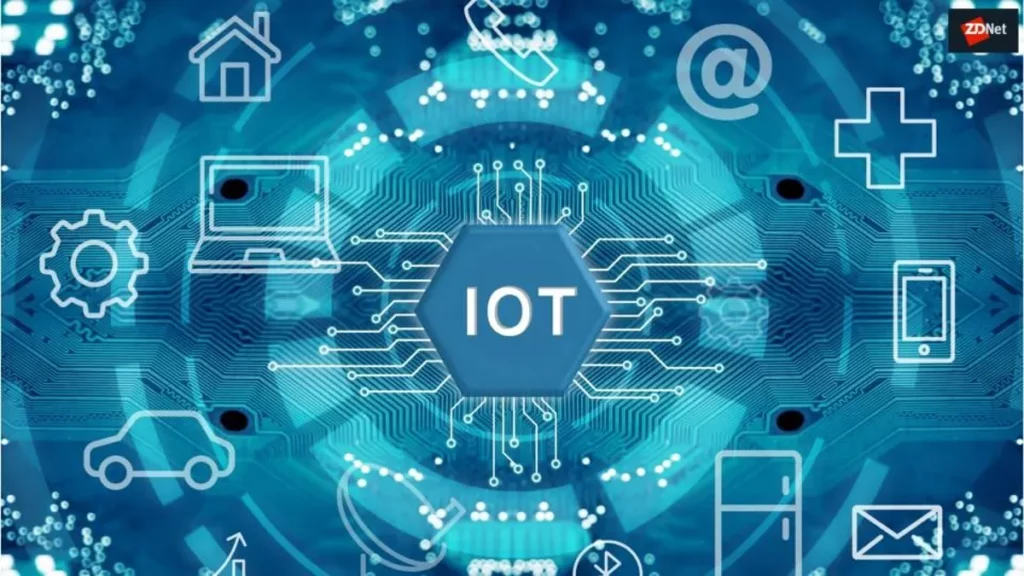The Internet of Things (IoT) has revolutionized the way we live and work. It has transformed the way we interact with our surroundings and made our lives easier and more convenient. IoT applications in real life are being used to enhance safety and security in many different ways. In this article, we will discuss the various applications of IoT in real life and how they are helping to enhance safety and security.
Table of Contents
What is IoT?

IoT stands for the Internet of Things. It is a network of devices connected to the internet, which allows them to communicate with each other and exchange data. These devices can range from smartphones, smartwatches, and tablets, to household appliances, cars, and industrial machinery. IoT devices are equipped with sensors, processors, and wireless communication technologies, which enable them to collect, process, and transmit data.
Smart Home Security
IoT applications in real life are transforming the way we secure our homes. Smart home security systems are becoming increasingly popular, as they offer advanced features such as remote monitoring, real-time alerts, and automation. These systems use IoT devices such as cameras, motion sensors, and door locks, which are connected to a central hub or a smartphone app. Homeowners can monitor their homes from anywhere in the world and receive alerts if there is any suspicious activity. Read the advantages of iot for Smart Homes
Industrial Safety

IoT applications in real life are being used to enhance safety in industries such as manufacturing, mining, and construction. IoT devices such as sensors, cameras, and wearables are used to monitor the environment, equipment, and workers. This data is analyzed in real-time, and alerts are sent to the workers and supervisors if there is any danger or anomaly. IoT applications in real life are also being used to track the location and health of workers, which can help to prevent accidents and injuries.
Healthcare Monitoring
IoT applications in real life are being used to monitor the health of patients and improve healthcare outcomes. IoT devices such as wearables, sensors, and apps are used to track vital signs, medication adherence, and activity levels. This data is analyzed in real-time, and alerts are sent to healthcare providers if there is any abnormality or risk. IoT applications in real life are also being used to provide remote consultations, telemedicine, and virtual care, which can improve access and convenience for patients.
Traffic Management
IoT applications in real life are being used to manage traffic and enhance road safety. IoT devices such as cameras, sensors, and GPS are used to collect data on traffic flow, congestion, and accidents. This data is analyzed in real-time, and alerts are sent to drivers and traffic management authorities if there is any disruption or risk. IoT applications in real life are also being used to provide dynamic routing, smart parking, and vehicle-to-vehicle communication, which can reduce traffic congestion and improve safety.
Environmental Monitoring
IoT applications in real life are being used to monitor the environment and improve sustainability. IoT devices such as sensors, drones, and satellites are used to collect data on air quality, water quality, and climate change. This data is analyzed in real-time, and alerts are sent to environmental authorities if there is any pollution or hazard. IoT applications in real life are also being used to provide precision agriculture, smart energy management, and waste reduction, which can promote sustainability and reduce environmental impact.
Conclusion
IoT applications in real life are transforming the way we live and work. They are enhancing safety and security in many different domains, from home security to industrial safety, healthcare monitoring to traffic management, and environmental monitoring to sustainability. IoT devices are becoming increasingly sophisticated and ubiquitous, and they are generating vast amounts of data, which can be analyzed to improve decision-making and efficiency. However, with the increasing number of IoT devices, there are also concerns about privacy, security, and data protection. It is important to ensure that IoT applications in real life are designed and implemented in a way that prioritizes privacy and security, and that data is used ethically and transparently.